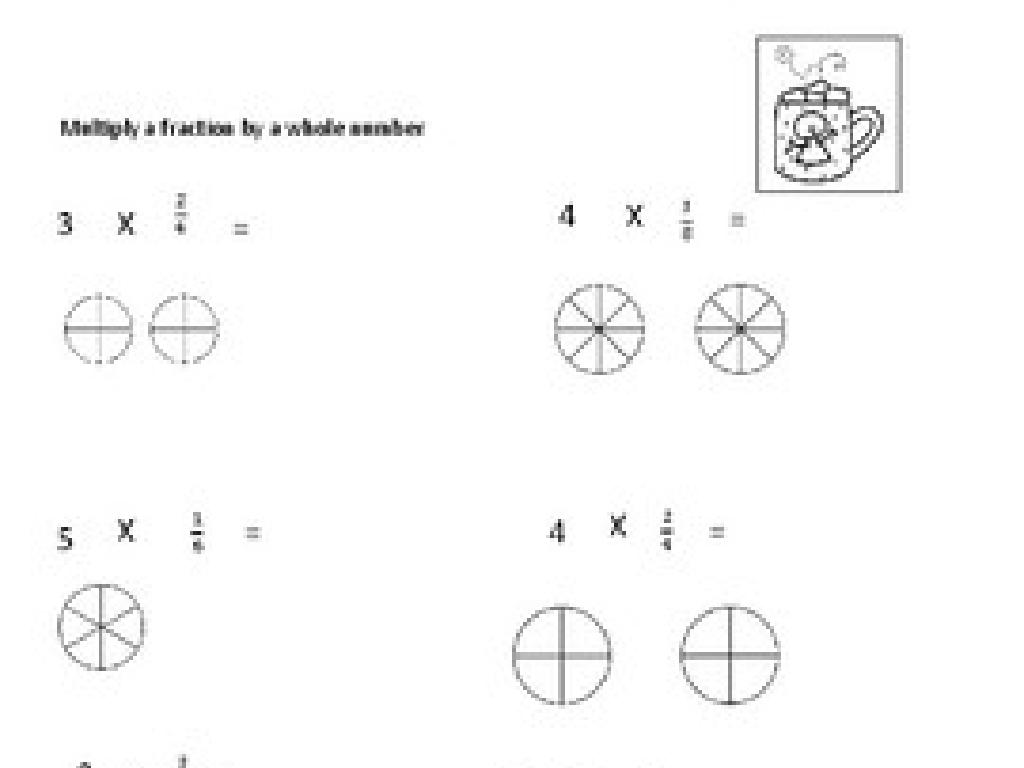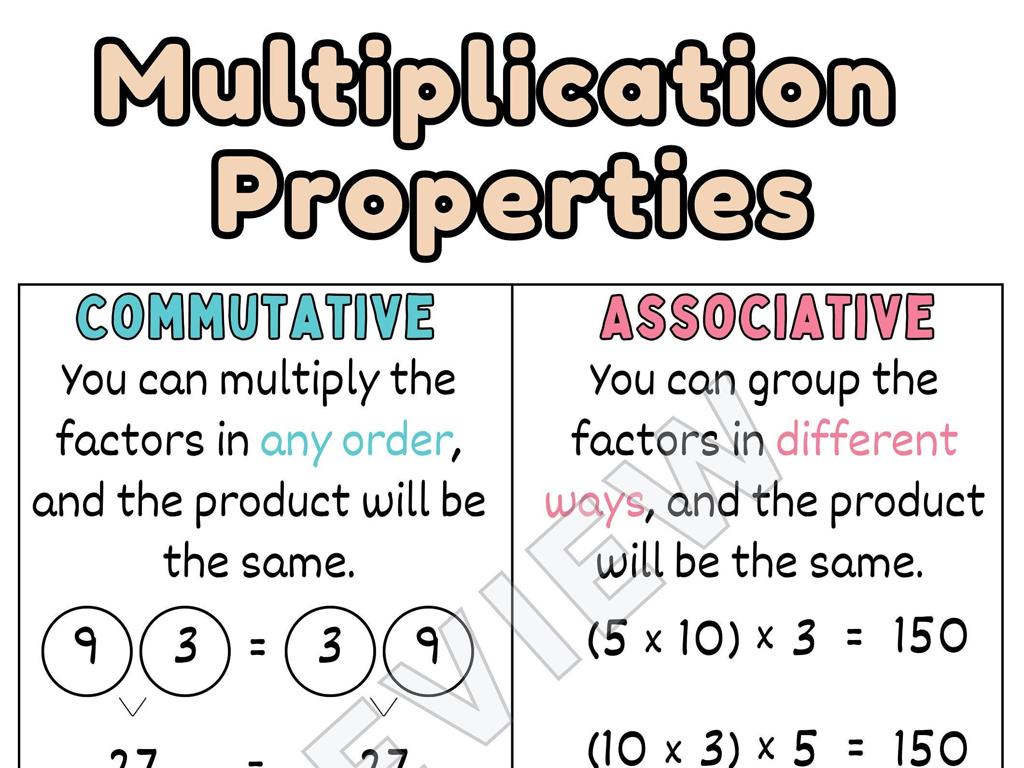Line Symmetry
Subject: Math
Grade: Sixth grade
Topic: Two-Dimensional Figures
Please LOG IN to download the presentation. Access is available to registered users only.
View More Content
Welcome to Line Symmetry!
– Exploring symmetry in the world
– Defining line symmetry
– When a figure is mirrored equally across a line
– Line symmetry in everyday objects
– Butterflies, leaves, and human faces
– Recognizing patterns with symmetry
– Look for shapes that match on both sides of a line
|
This slide introduces students to the concept of line symmetry, which is a fundamental aspect of geometry and can be observed in many objects in our daily lives. Begin by discussing the prevalence of symmetry in nature and man-made objects, fostering an appreciation for the beauty and order it brings to our world. Define line symmetry clearly, ensuring students understand that it involves splitting a shape into two mirrored halves. Provide relatable examples such as butterflies, leaves, and even the human face to illustrate line symmetry. Encourage students to observe their surroundings and recognize symmetrical patterns, which will help them grasp the concept more concretely. The goal is to make students comfortable with identifying line symmetry in various contexts.
Exploring Line Symmetry in 2D Shapes
– What is line symmetry?
– When a shape looks identical on both sides of a line
– The line of symmetry explained
– It’s like a mirror reflecting the shape
– Identifying symmetrical shapes
– Look for shapes that can be folded into equal halves
– Practice finding symmetry lines
|
This slide introduces the concept of line symmetry, which is a fundamental aspect of geometry in two-dimensional figures. Begin by defining line symmetry and explaining that it occurs when a shape can be divided into two identical parts with a line, where one side is a mirror image of the other. Illustrate this with the concept of a mirror line. Move on to show how to identify symmetrical shapes by visually checking if they can be folded along a line so that the two halves match perfectly. Encourage students to practice by drawing lines of symmetry on various shapes and to recognize that some shapes may have more than one line of symmetry. Provide examples like butterflies, human faces, and letters of the alphabet that exhibit line symmetry.
Exploring Line Symmetry in 2D Shapes
– Line symmetry in regular polygons
– Each regular polygon has as many lines of symmetry as it has sides.
– Finding symmetry in irregular shapes
– Look for imaginary lines where shapes fold perfectly in half.
– Symmetry observed in letters
– Many letters of the alphabet, like ‘A’ and ‘B’, show line symmetry.
– Symmetry in numbers
– Numbers like ‘8’ and ‘0’ have line symmetry, while ‘2’ and ‘5’ do not.
|
This slide introduces the concept of line symmetry in various two-dimensional figures, emphasizing its presence in both regular and irregular shapes. Regular polygons have predictable symmetry based on the number of sides they possess. For irregular shapes, students should visualize folding the shape to find the line of symmetry. Highlight how symmetry is all around us, including in the letters we write and the numbers we use. Encourage students to draw lines of symmetry on paper cut-outs of shapes, letters, and numbers to reinforce the concept. This hands-on activity will help solidify their understanding of symmetry in a fun and interactive way.
Drawing Symmetrical Figures
– Steps to draw symmetrical shapes
– Find the line of symmetry and use it as a guide to mirror each side.
– Use grid paper for accuracy
– Grids help ensure each side of the shape is identical.
– Practice: Complete symmetrical shapes
– Given one half, draw the other to match perfectly.
|
This slide is aimed at teaching students how to draw shapes with line symmetry. Begin by explaining the concept of line symmetry and how it means that one side of a shape is the mirror image of the other. Demonstrate this concept using grid paper, which provides a helpful structure for maintaining even proportions. For the practice activity, provide students with shapes that have one half drawn on grid paper and instruct them to draw the other half, ensuring it is symmetrical. This exercise will help solidify their understanding of symmetrical figures and improve their drawing skills. Offer several examples and encourage creativity while maintaining symmetry.
Real-life Applications of Line Symmetry
– Symmetry in Architecture
– Buildings often have symmetrical facades
– Nature’s Symmetry
– Many plants and animals show symmetry
– Symmetry in Art
– Artwork can be balanced using symmetry
– Symmetry in Design
– Products are designed with symmetry for appeal
|
This slide aims to show students how line symmetry is not just a mathematical concept but is also prevalent in the world around them. In architecture, symmetry is used to create aesthetically pleasing and balanced structures. Nature provides numerous examples of symmetry, such as the leaves of a plant or the wings of a butterfly, which can be used to illustrate the concept. Art and design also utilize symmetry to create compositions that are pleasing to the eye. Encourage students to observe their surroundings and identify examples of line symmetry. This will help them understand the practical application of the concepts they learn in class.
Class Activity: Creating Symmetrical Art
– Gather materials: paper, pencil, markers
– Fold paper in half vertically
– Draw a design on one side
– Create any design you like on the left half
– Reflect design to other side
– Try to copy your design exactly on the right half
|
This activity is designed to help students understand line symmetry through a hands-on art project. Provide each student with a sheet of paper, a pencil, and colored markers. Guide them to fold the paper in half vertically to create a line of symmetry. Students will then draw a design on one side of the fold. Once the design is complete, they will use the fold as a guide to replicate the design on the other side, creating a symmetrical image. Encourage creativity and precision. Possible variations of the activity could include using different shapes, creating symmetrical patterns with letters or numbers, or even incorporating cut-out shapes to explore symmetry further. This will help students visually grasp the concept of symmetry and see how one side mirrors the other.






